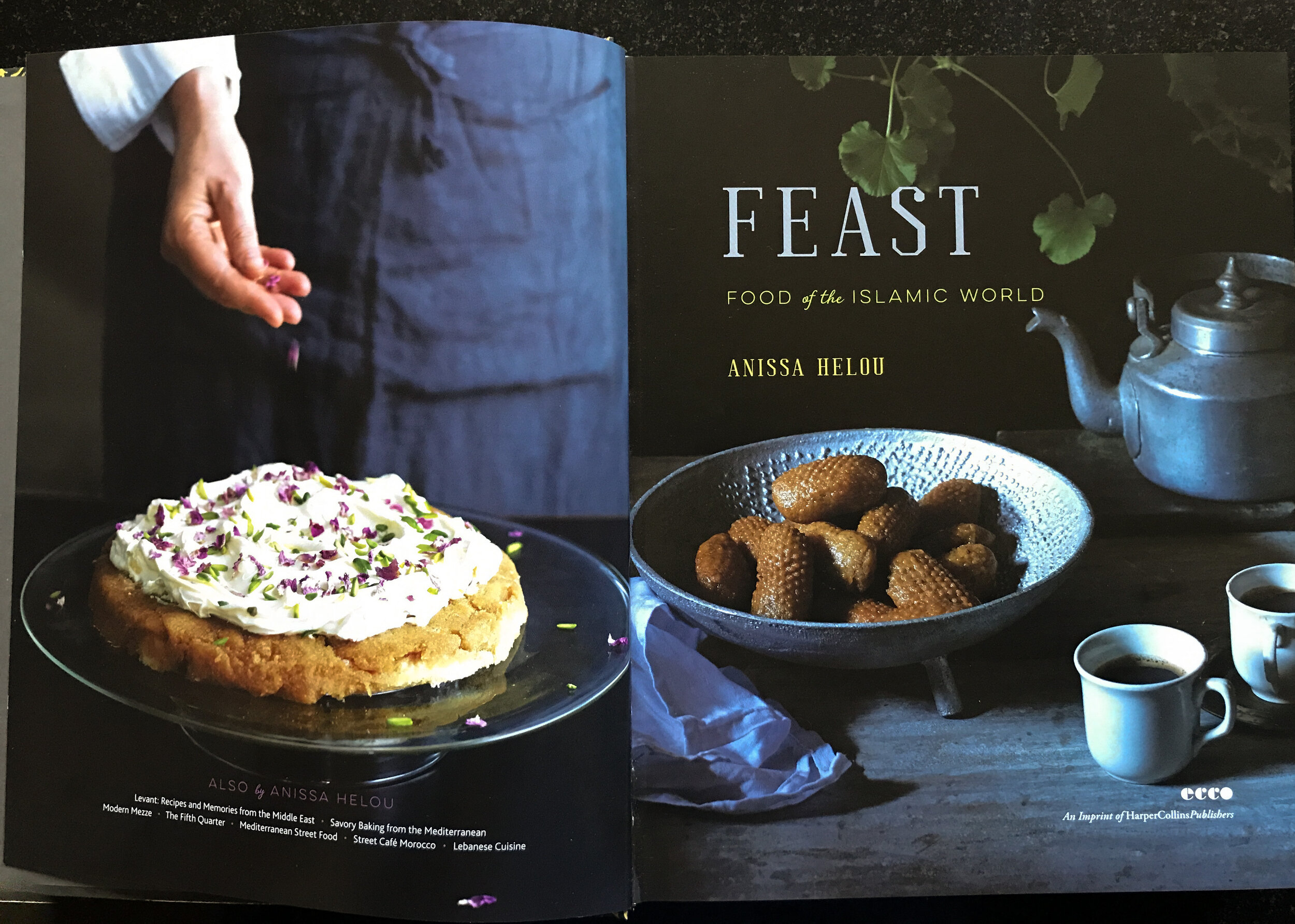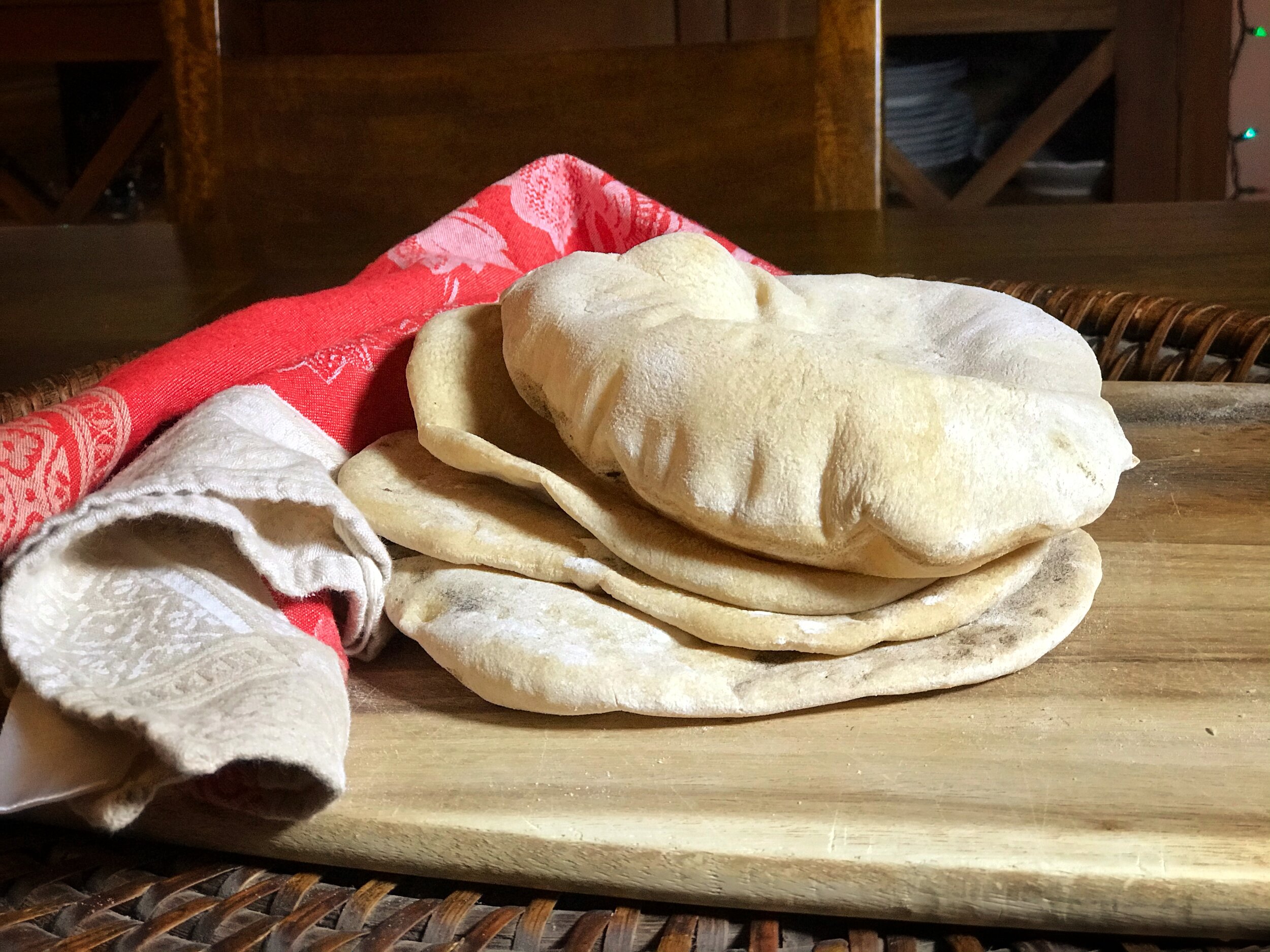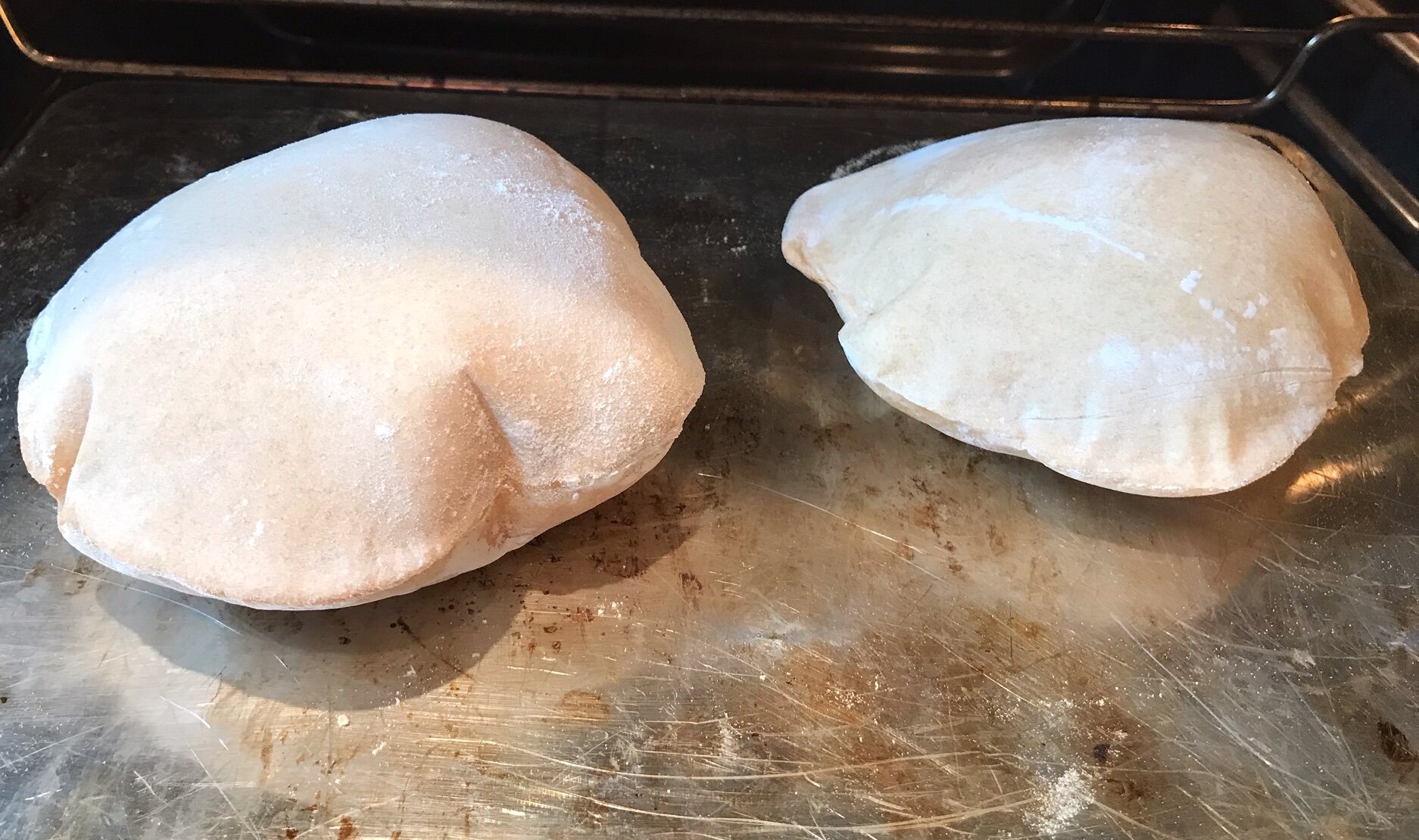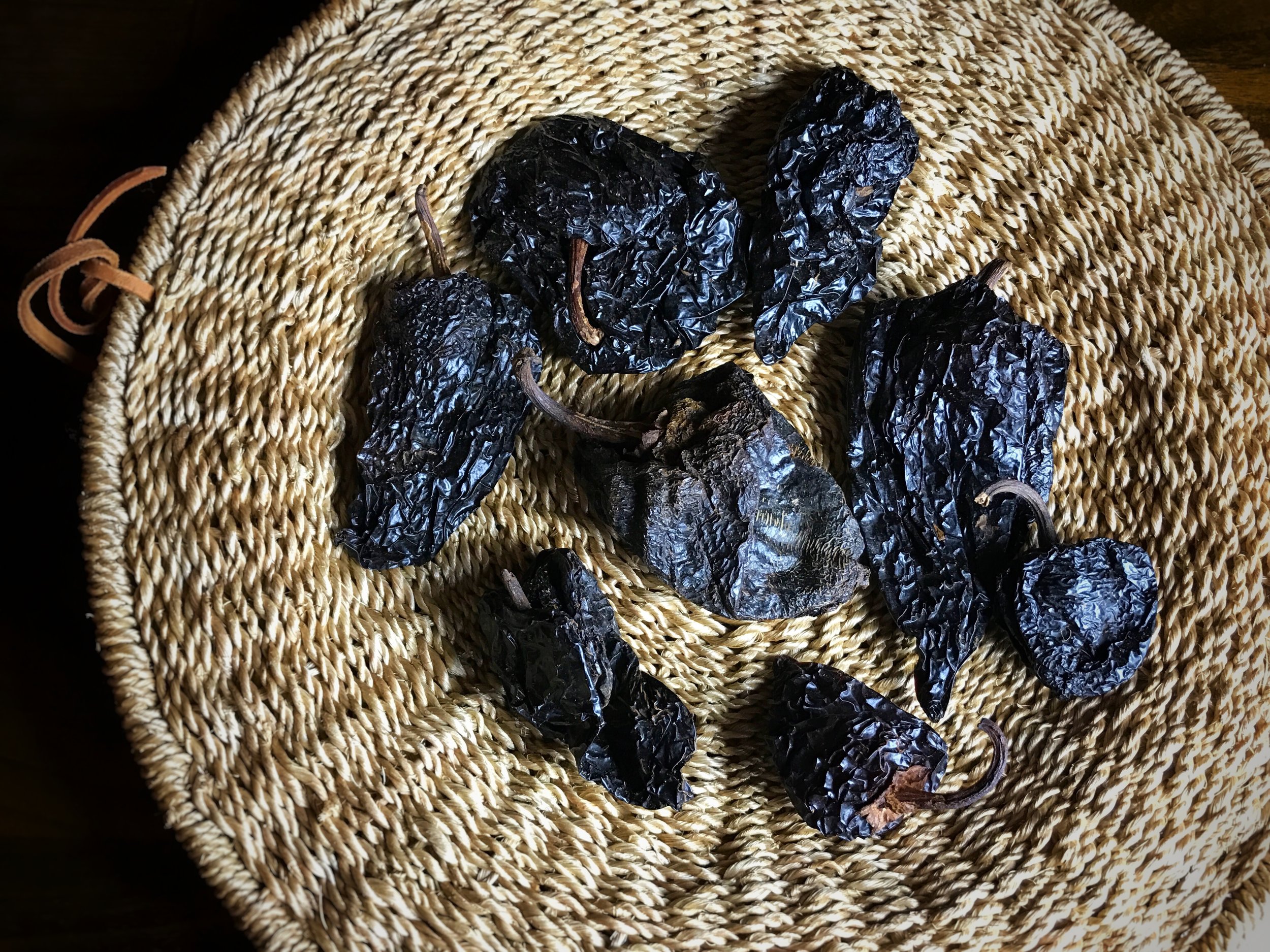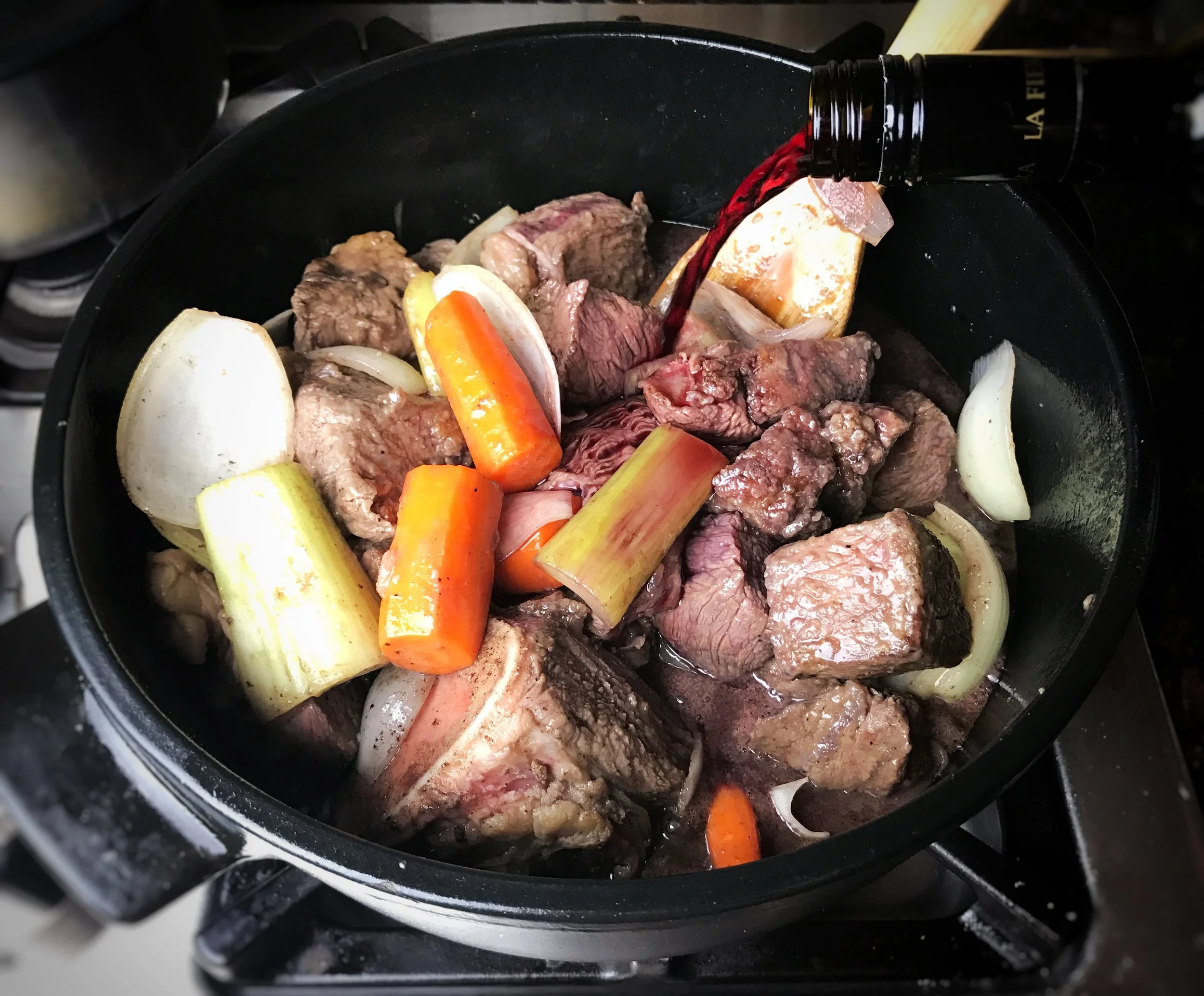When the weather starts to cool down, there’s nothing as appealing as a living space filled with gorgeous cooking aromas — the kind that come most easily from long-braised dishes. And if you are an omnivore, it’s hard to imagine anything more alluring than the aroma of beef bourguignon, France’s classic stew, simmering in the oven.
In normal times, I think of the dish as something celebratory, or as a dish to enjoy with great friends on a weekend evening with a good bottle of wine.
But during The Great Confinement, we need ways to make family dinners feel special — and now that there’s a nip in the air, this classic fits the bill sumptuously. As Julia Child wrote in Mastering the Art of French Cooking, “Carefully done, and perfectly flavored, it is certainly one of the most delicious beef dishes concocted by man.”
Though you see it done many different ways in the United States, in France the dish is straightforward: It’s cubes of saucy wine-braised beef garnished with mushrooms, pearl onions and lardons (small bars of bacon). Though carrots and celery add significant flavor in the braising, they get strained out before giving the dish its finishing touch: that garnish.
There are no potatoes in the dish (ever), though beef bourguignon is usually served with potatoes — boiled is traditional (toss them with butter and parsley), though many (including some French people) prefer mashed. Buttered noodles are a legit choice as well, according to Child, though my French husband disagrees.
Don’t be in a rush when you make this; once the meat is brown and the thing is assembled, it braises for about an hour and 45 minutes. But as long as time is on your side, it’s not nearly as demanding to put together as you might think.
“Carefully done, and perfectly flavored, it is certainly one of the most delicious beef dishes concocted by man.” — Julia Child
I used to think the peskiest part was browning the cubes of beef: It takes forever to brown them on each side. But inspired by a 2016 story by Serious Eats’ Daniel Gritzer, I started playing with the browning, and agree wholeheartedly with him that in fact it’s best not to do so much browning. My solution is a little different than his: Brown each cube well on one side, then give another side just a quick sear. Compared to the old way, it goes very quickly, and the result is much more tender.
Since publishing our story about it a few years ago, I’ve discovered another time-saving innovation: Rather than blanching and peeling a pound of pearl onions, pick up a pack of frozen ones, which will be already peeled. There might be a teeny, tiny deficit of flavor in the onions themselves, but honestly, it’s barely discernible, and worth it if you want to save a little time and effort. (I can usually find them at my local Trader Joe’s.)
It’s not hard to find the main ingredients: beef chuck, button mushrooms, slab bacon (thick-cut will do in a pinch), pearl onions, red wine, beef shanks. If you don’t find shanks, just buy extra chuck.
Don’t spend much on the wine; use an under-$12 bottle. (Save your wine dollars for whatever you’ll drink with it.) Enjoy the aromas while it cooks, enjoy the dish with your family — and raise a glass to the day we can gather safely with friends once again. I’ll bet you’ll like this dish so much you’ll repeat it for them.














